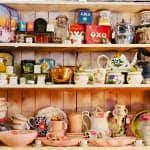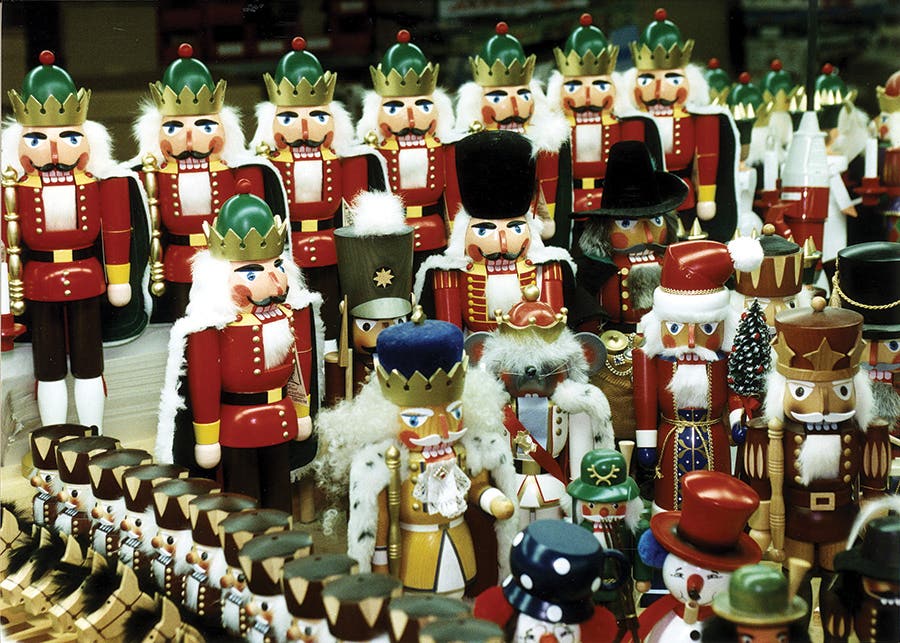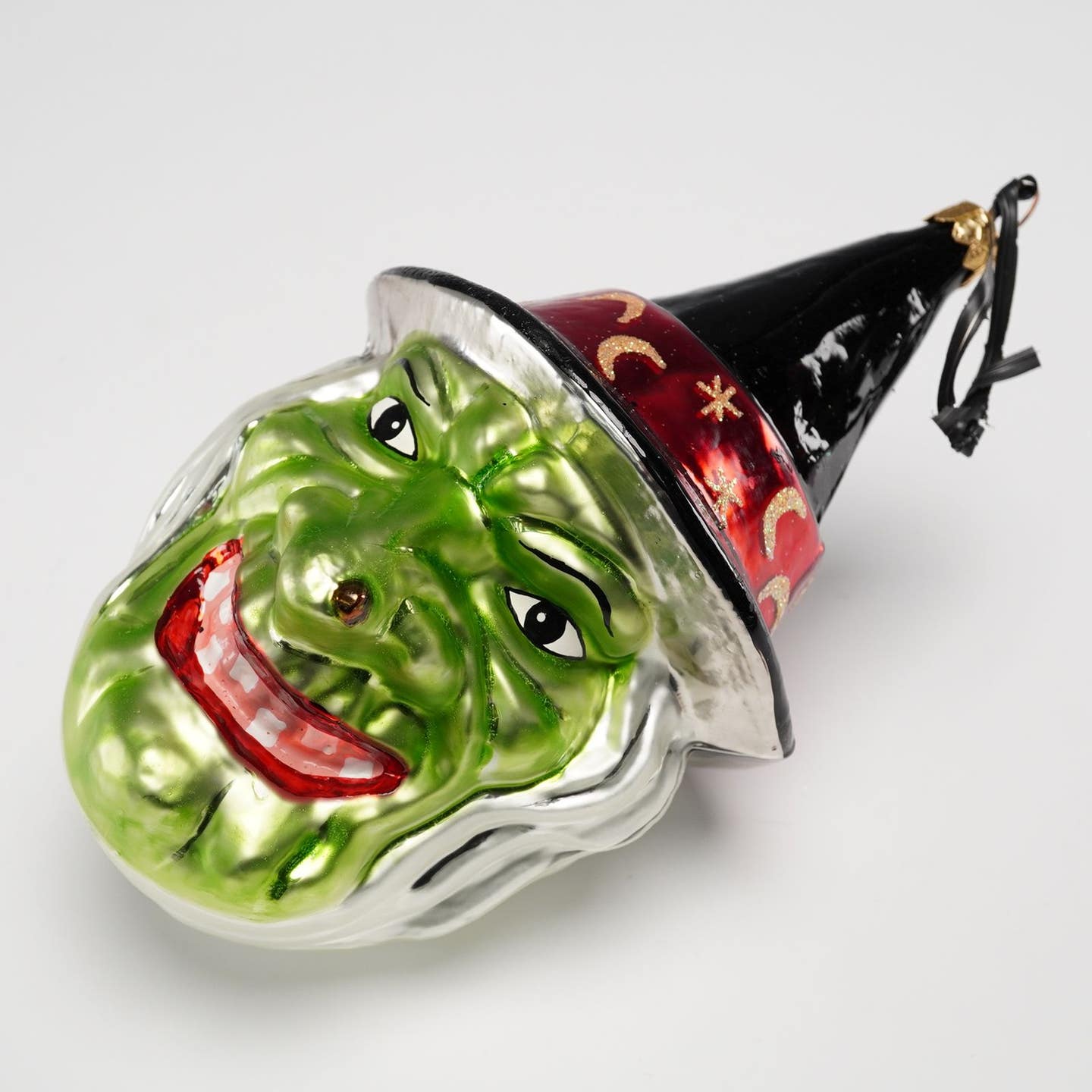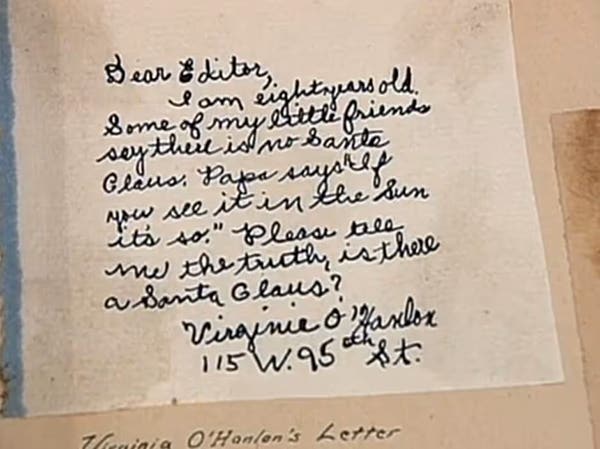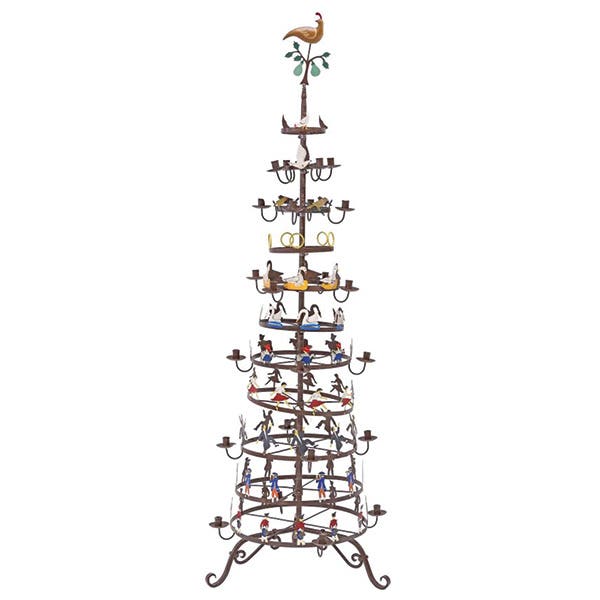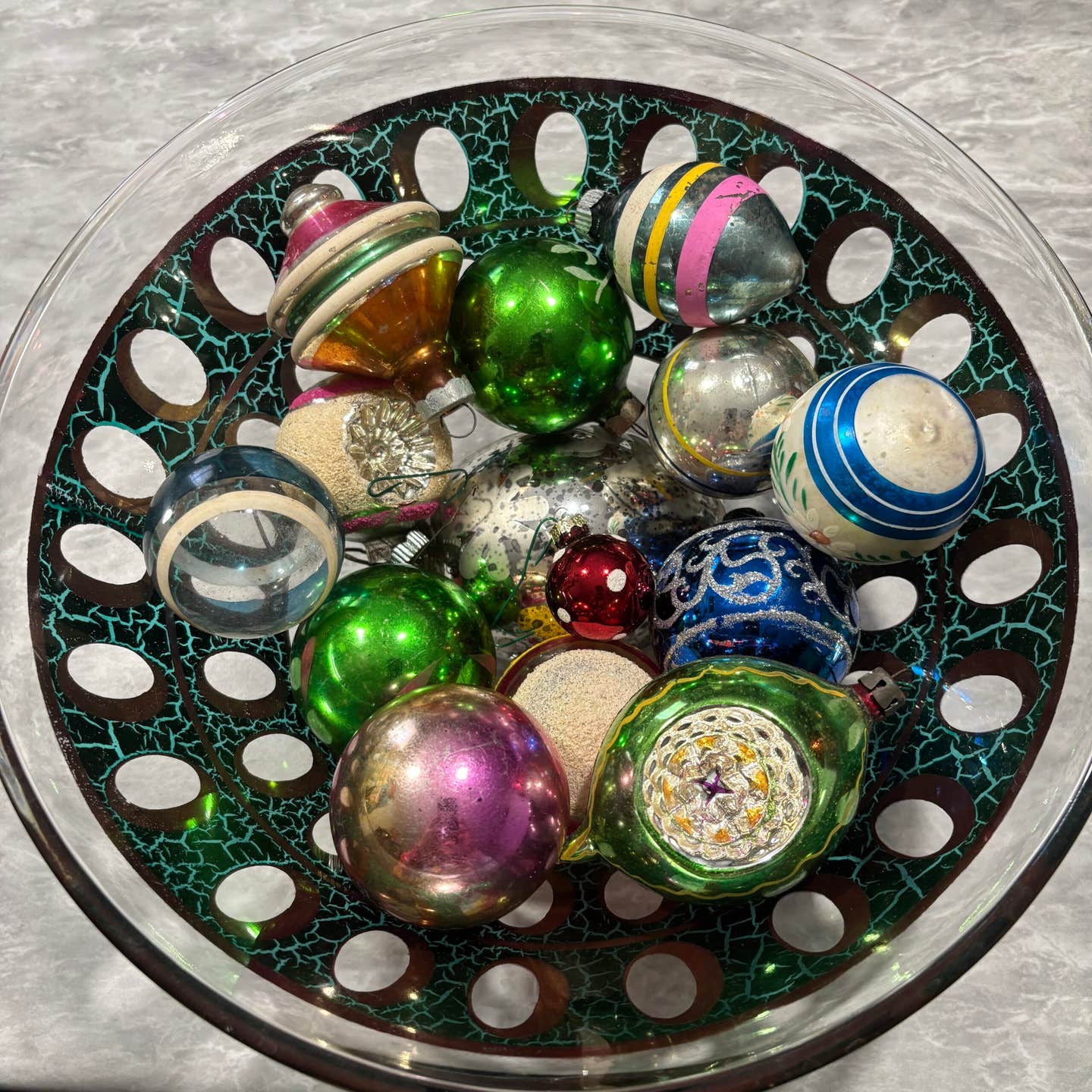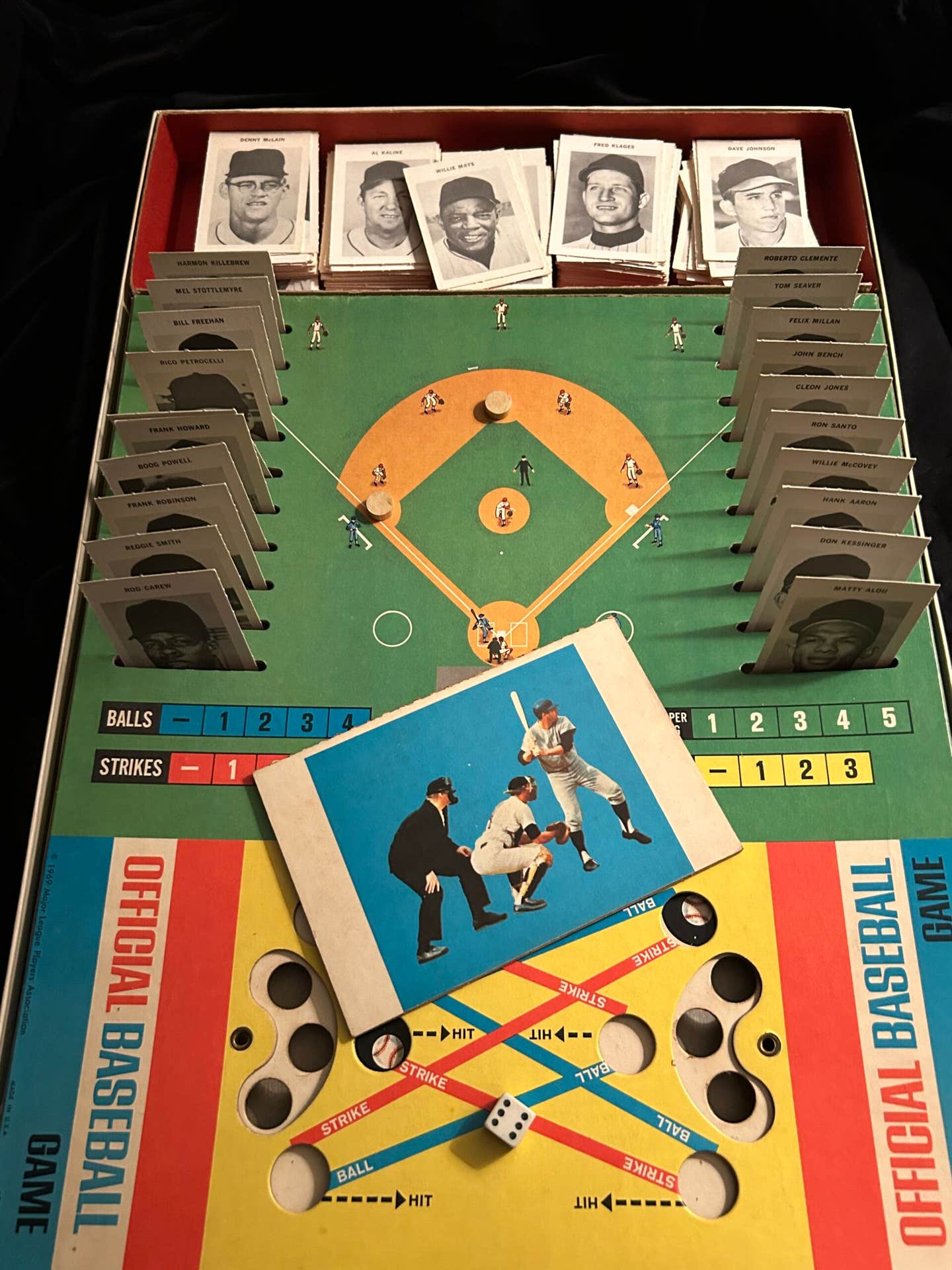10 Things You Didn’t Know: Military Men and Quilts
In the midst of wartime conflicts and during recovery from the wounds of war, military servicemen of the 18th and 19th centuries skillfully transformed worn-out military uniforms and blankets into quilts. An exhibition of such quilts opens Sept. 6 in New York.
By Antoinette Rahn
Within the history of military service and wartime conflict there lies sobering and intriguing stories. They are about people transforming their surroundings and themselves during brutally challenging times. In this '10 Things You Didn't Know' column we take a look at one such subject. Quilts made by military servicemen, often using materials including military uniforms and accessories.
1 Without question, military uniforms are made to last, withstanding harsh conditions over extended periods of time. Little did the armies of the 18th and 19th centuries know the durability of felted wool military uniforms. These uniforms would serve a significant role in hand-stitched quilts.
Manly Quilts by Military Men Focus of New Exhibition
2 Twenty-nine antique wartime quilts hand-stitched by soldiers from Australia, Austria, England, and the United States are coming to display. They tell the tale of ‘stitching soldiers’. Within the exhibition “War and Pieced: The Annette Gero Collection of Quilts from Military Fabrics” they shine. The exhibition will be available for viewing at the American Folk Art Museum in New York City beginning Sept. 6. The exhibition will be on display in New York City through Jan. 7, 2018. The unique collection of quilts also will be on display at the International Quilt Study Center & Museum, at the University of Lincoln-Nebraska, from May 25-Sept. 16, 2018.
3 Quilts featuring geometric patterns are common among those by servicemen and prisoners of war. Using ‘found’ materials, including military uniforms and blankets, they created quilts. However, the effort and elements involved in creating these quilts were not familiar. Given the limited availability of materials in areas the soldier occupied, as well as their experience, it was a new venture. “What is extraordinary about the quilts in this exhibition is the range of techniques used and the painstaking detail in their creation,” states Dr. Anne-Imelda Radice, executive director of the American Folk Art Museum, in a press release about the “War and Pieced” exhibition.
Intarsia Technique Makes An Appearance
4 Wartime quilt patterns come in more than geometric shapes. The technique intarsia, active in
quilting, as well as woodworking, is visible in quilts coming from the Austro-Turkish, Prussian and Napoleonic wars. Evidence of this technique also speaks to the probability that tailors serving as soldiers in wartime are at the helm of the creation of advanced quilts.
5 Examples of intarsia quilts by soldiers can be seen in the “War and Pieced” exhibition. One of the more rare quilts depicts soldiers and musicians from a Prussian regiment, villagers, flowers, celestial symbols, a central star image, and even a character who appears to be sporting the fashion of a court jester. The wool quilt bears hand-applique and embroidery work and measures 55 by 43 inches. It dates to 1760-1780, and although the identity of the quilter is unknown, it bears the initials ‘JSJ’. Well done, JSJ, well done.
6 Wartime quilts made by soldiers were oft referred to as ‘convalescent quilts.’ This came from the idea that many of the quilts were the result of therapy techniques taught to soldiers recovering from war wounds.
Quilts of Valor and Quilts of Honor Envelope Vets With Appreciation
7 Since 2003 and 2010, respectively, the nonprofit organizations' Quilts of Valor and Quilts of Honor have been presenting U.S. veterans with quilts as a form of appreciation for their sacrifices, strength, and steadfast commitment to serving, protecting, and defending. If you would like to learn more about these groups, ways you can help, or to inquire about requesting a quilt for a service person, visit www.qovf.org and www.quiltsofhonor.org. As of the beginning of July, more than 164,631 and 4,000 veterans own quilts by these two groups, respectively.
8Dr. Annette Gero, the owner of the quilts featured in the “War and Pieced” exhibit, is a quilt historian with more than 30 years’ experience. Her work documenting Australian quilt history is lauded. She travels the world lecturing about quilts. She’s the author of “The Fabric of Society — Australia’s Quilt Heritage from Convict Times to 1960.”
Quilts: Arts and Antiquities
9 Some view soldier quilts as a form of trench art. These items refer to decorative objects using remnants of wartime materials. Soldiers and prisoners of war are the primary creators of historic trench art. However, examples of this trench art also trace to civilians as well.
10 The opportunity to view antique quilts stitched by soldiers — during wartime — using castoff military materials is extraordinary. Estimates put the number of existing soldier quilts at less than one hundred, Gero explains in a press release about the “War and Pieced” exhibition.
Compiled by Antoinette Rahn
*The 10 Things You Didn’t Know logo features part of the pattern of a soldier’s mosaic quilt, circa 1850. Photo courtesy International Quilt Study Center & Museum, University Nebraska-Lincoln


